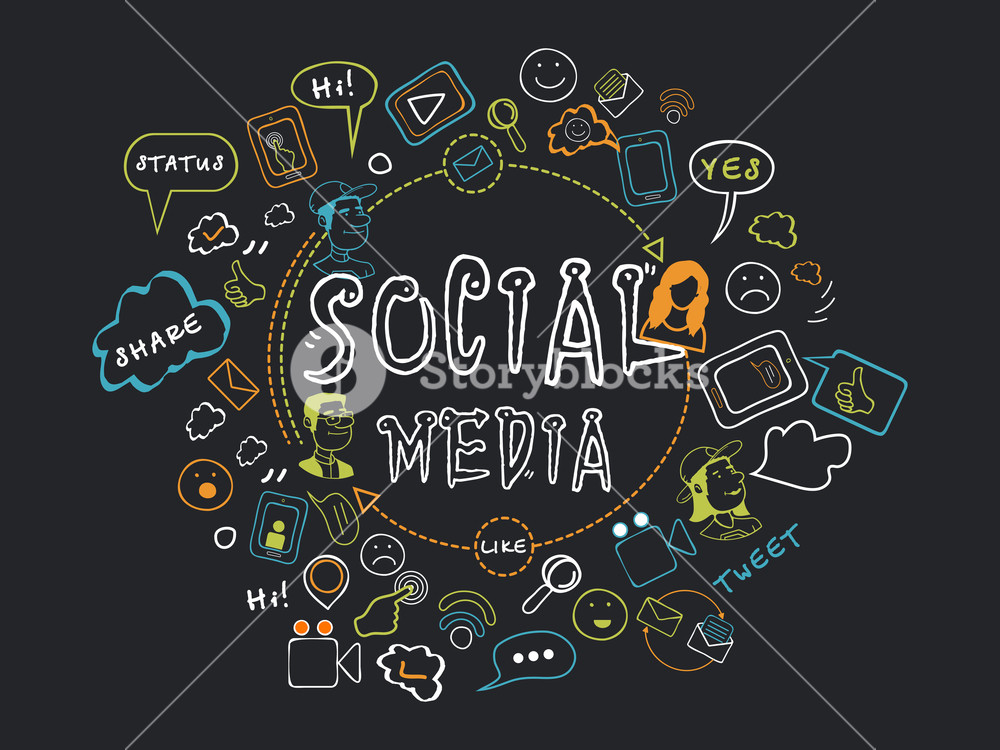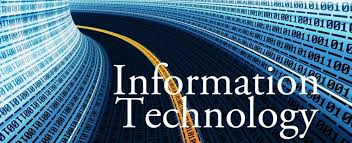
Introduction:
Social media & information technology are two powerful forces that have transformed the way we communicate, share, and consume information. The rapid growth of social media platforms has been fueled by advancements in IT, enabling global connectivity and real-time interaction. Information technology, with its focus on data management, cloud computing, and AI, plays a crucial role in enhancing the functionality and user experience on these platforms. Together, they have revolutionized industries, from marketing to education, and have become integral to both personal and professional life. However, the intersection of these fields also raises concerns about privacy, security, and misinformation. As technology continues to evolve, so too will the ways in which we use social media to connect and inform. Understanding this relationship is key to navigating the digital age effectively.
However, it’s important to use them wisely to avoid issues like privacy risks and misinformation.
What is Social Media?

Social media refers to online platforms and tools that allow users to create, share, and exchange content, ideas, and information with a wide audience. These platforms enable individuals, businesses, and organizations to engage in digital communication in real time. The core idea behind social media is to foster connectivity and facilitate interaction among people, regardless of geographical boundaries.
The most well-known social media platforms include Facebook, Instagram, Twitter, TikTok, LinkedIn, and Snapchat, each offering distinct features and targeting different types of audiences. Facebook and Instagram, for example, are highly visual platforms focused on personal connections and content sharing, while LinkedIn is more professionally oriented, connecting users for business networking and job opportunities. TikTok, on the other hand, is centered around short-form video content that encourages creativity and viral trends.
Social media’s impact extends beyond personal use; businesses have increasingly adopted these platforms as essential marketing and customer engagement tools. Brands use social media to build relationships with customers, share product updates, run ads, and receive real-time feedback. Social media also provides a direct line for customer support, allowing businesses to interact quickly and efficiently with their audience.
One of the defining features of social media is its ability to create virtual communities. These communities can range from niche hobby groups to global movements advocating for social change. The participatory nature of social media allows individuals to voice opinions, share experiences, and build relationships, leading to a sense of belonging and collective action.
However, social media also raises concerns such as privacy issues, cyberbullying, misinformation, and the mental health impact of constant online engagement. Despite these challenges, social media remains a transformative force, influencing how we communicate, share knowledge, and connect with the world around us.
Social Media is used in our lives for several important reasons:
Staying Connected: It helps us keep in touch with friends and family, even if they live far away.
Sharing Moments: We can share photos, videos, and updates about our lives.
Learning News: It’s a quick way to get news and stay updated on what’s happening around the world.
Entertainment: We can watch videos, play games, and discover new hobbies and interests.
Networking: It’s useful for making professional connections and finding job opportunities.
Promoting Ideas and Businesses: People can promote their ideas, causes, and businesses to a wider audience.
What is Information Technology?

Information Technology (IT) refers to the use of computers, networks, software, and other digital systems to store, process, manage, and transmit data and information. IT encompasses a wide range of technology tools and services that help organizations and individuals manage and analyze information efficiently. The field of IT includes hardware, software, networking, and data management, all of which work together to support the needs of modern businesses, governments, and individuals.
At its core, IT involves the development, implementation, and maintenance of systems that store and process data. These systems can range from simple software applications to complex network infrastructures that connect millions of devices across the globe. One of the primary functions of IT is to improve the efficiency of business operations by automating tasks, enhancing communication, and optimizing data storage.
Software is a key component of IT. It includes operating systems like Windows or macOS, productivity tools like Microsoft Office, and specialized programs for various industries, from finance to healthcare. In addition to software, IT also involves networks, which enable devices and systems to connect and share data. This can include local area networks (LANs), wide area networks (WANs), and even the internet, which serves as a global network linking people and organizations.
Data is central to IT. Organizations collect, store, and analyze vast amounts of data to make informed decisions. With advancements in cloud computing, data storage has become more flexible and scalable, allowing for remote access and real-time collaboration.
Cybersecurity is also an important aspect of IT, protecting data and systems from unauthorized access, attacks, and breaches. As technology continues to advance, IT evolves to meet new challenges and opportunities, driving innovation and shaping the way we live and work in the digital age.
Information Technology is used in our lives in many important ways:
Communication: IT helps us send emails, make video calls, and chat with others instantly.
Work and Productivity: Computers and software help us create documents, manage projects, and work more efficiently.
Education: Online courses, educational apps, and digital libraries make learning easier and more accessible.
Entertainment: We use IT to stream movies, play video games, and listen to music.
Shopping: Online shopping allows us to buy goods and services from the comfort of our homes.
Banking: IT makes online banking and financial transactions quick and secure.
Conclusion:
Social media and information technology are two forces that continuously shape and redefine each other. IT provides the foundation for social media to operate on a global scale, while social media accelerates IT innovation and challenges its ethical boundaries. As these two fields continue to evolve, they will undoubtedly drive new technological advancements and pose new challenges for businesses, governments, and individuals alike. Understanding the relationship between social media and IT is key to navigating the digital age responsibly and effectively.
Also Read: Top 10 Social Media Trends
